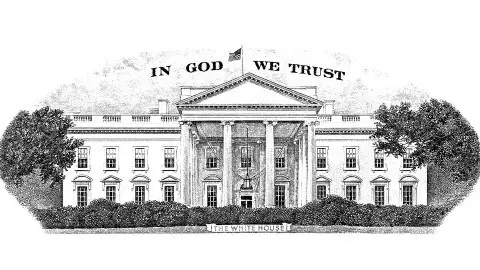ECB preview: The meaning of summer
Some ECB veterans might be longing for the good old days when the bank's summer meeting was held in the form of a teleconference. With little news, ECB President Mario Draghi will simply reiterate the main message of the June meeting
What will be on the ECB's mind?
With the announced de facto end of QE at the June meeting, the ECB clearly stuck out its neck on the outlook for growth and inflation in the eurozone. The discussion on the sustainability of the recovery and any acceleration of inflation will continue.
Soft patch or downswing? In our view, the jury is still out on whether the eurozone only went through a soft patch in the first months of the year or is actually already in the middle of a protracted cooling. While hard macro data released since the ECB’s June meeting has been encouraging and points to stable growth in the second quarter, soft indicators have only shown tentative signs of a bottoming out. On top of that, increasing trade tensions and growing geopolitical uncertainty could further undermine sentiment in the eurozone. Which direction will prevail? The one of sound and re-strengthening fundamentals or the one of a gradual denting of domestic confidence on the back of increasing trade tensions?
Inflation pick-up, still more wish than reality? As regards inflation, it's still hard to share the ECB’s confidence in a convergence of underlying inflation towards the ECB’s target. On the back of higher energy prices, headline inflation has returned to the 2%-level but the fact that core inflation dropped to 0.9% year-on-year in June shows that the ECB still has a long way to go, to say the least. However, do not expect the ECB to deviate from its June assessment. Rather, expect it to focus on the bright side.
How long can an ECB summer last?
With little substantial change to the economy, the ECB could definitely take it easy at today's meeting. The main focus, in our view, will be on cementing the message from June and removing any doubt about the bank’s determination. Still, Draghi might have to address some of the recent market chatter during the press conference. In recent weeks, there's been conjecture about the ECB's next steps, be it an operation twist or rate hikes in the summer of 2019. In particular, the definition of the summer period seems to have provoked much speculation.
ECB president Draghi’s main aim will be to reiterate the June message and create as little doubt as possible about the ECB’s determination to stay on the chosen path. To give market participants a quiet summer, he could also consider spelling out how long a real ECB summer can last.
Remember that in June, the ECB announced that it expected interest rates to remain unchanged “at least through the summer of 2019”. To some, this statement suggests that a first rate hike could come as early as July 2019. In our view, however, EU aficionados should know the official European summer break always ends in the last week of August. This should leave Draghi with two opportunities to hike rates before his term in office ends: in mid-September and late-October. In our view, he will use at least one of these two opportunities. In any event, talk about ECB steps beyond the end of QE is premature. The ECB will have its hands full this year just trying to end QE. If the recovery is derailed on the back of increased trade tensions or there is no increase in underlying inflation, the bank's efforts to end QE will be compromised. Nevertheless, it's obvious that the broad majority of ECB members seems determined to end QE, though as quietly as possible, and would like to return to interest rates as the main policy tool. This, however, does not necessarily mean that they will be in a hurry to hike rates. In our view, something completely unexpected would have to happen for the ECB to alter its plan to keep rates unchanged “at least through the summer”.
This publication has been prepared by ING solely for information purposes irrespective of a particular user's means, financial situation or investment objectives. The information does not constitute investment recommendation, and nor is it investment, legal or tax advice or an offer or solicitation to purchase or sell any financial instrument. Read more
Download
Download article
19 July 2018
In Case You Missed It: Nothing thrilling This bundle contains 6 Articles